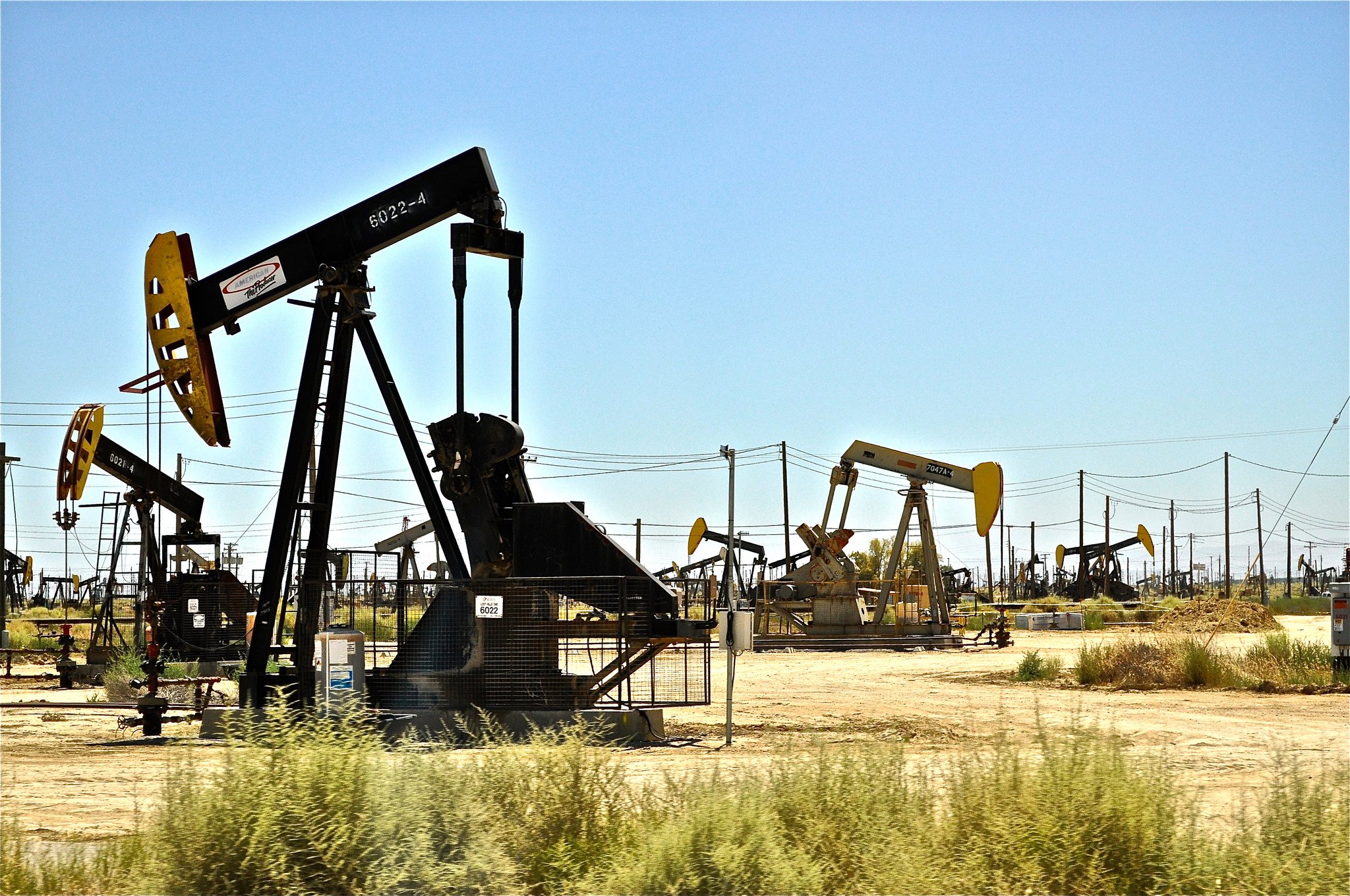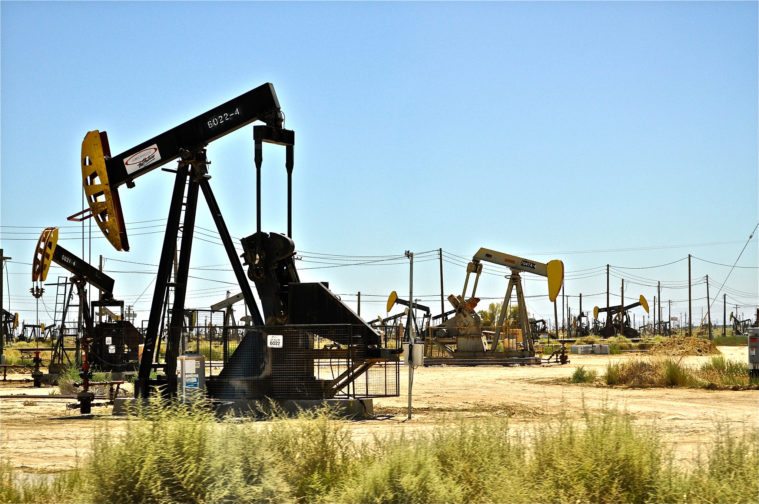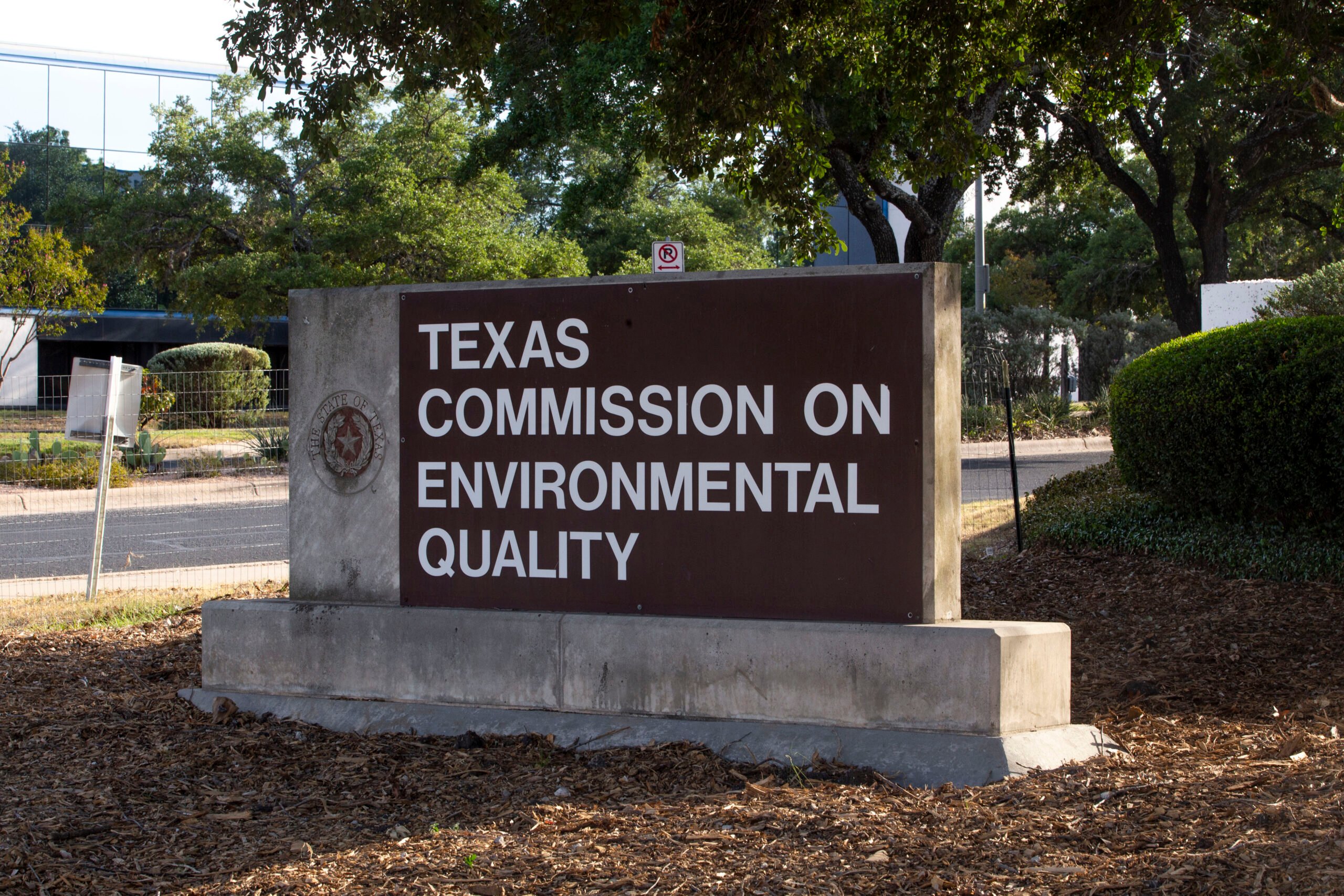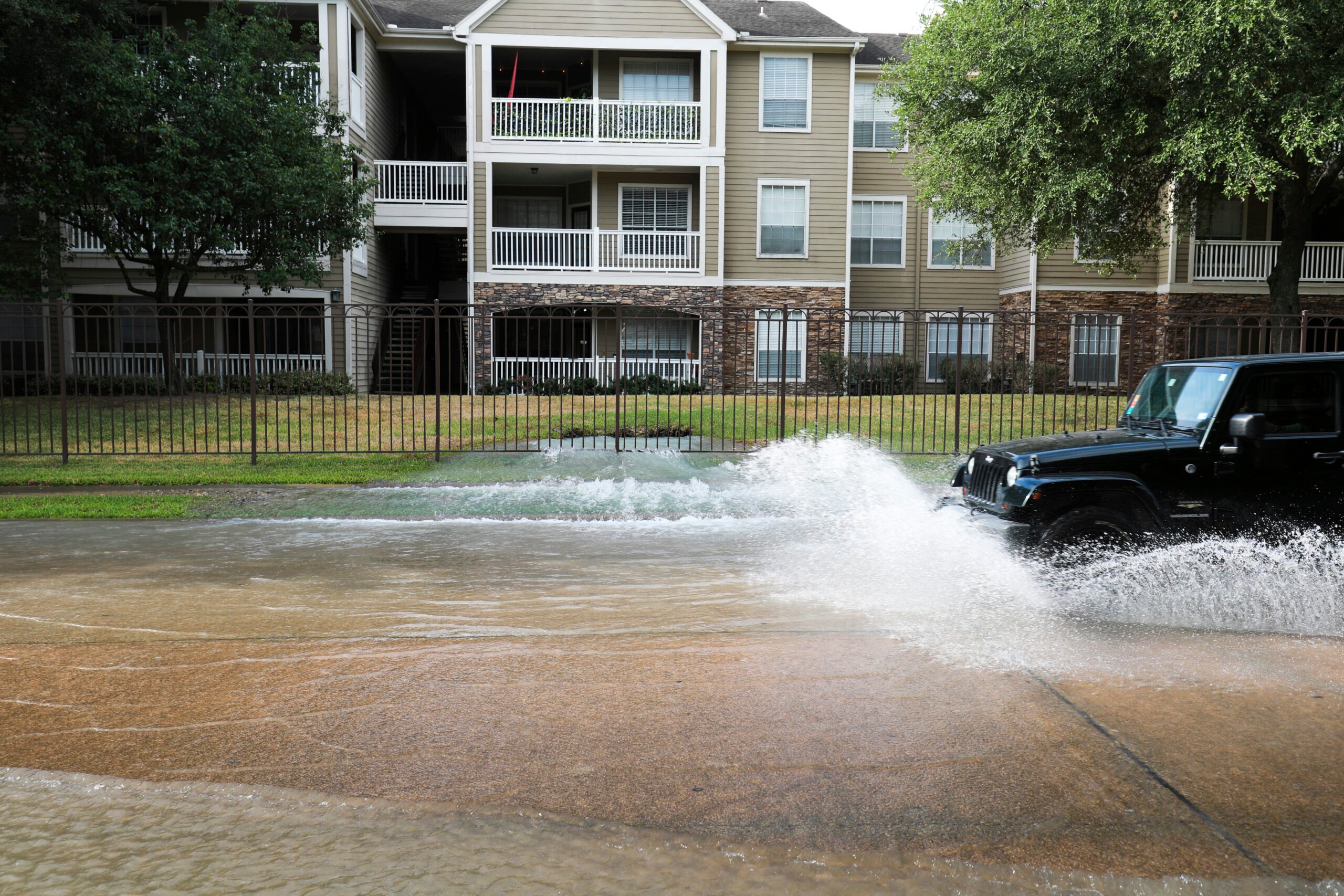
Report: Loopholes Allow Polluters to Get Away With Worsening Air Quality
A new report finds TCEQ only issued fines for about 3 percent of unauthorized air pollution releases from 2011 to 2016.

Every year petrochemical refineries, chemical plants, oil and gas wells and other facilities emit thousands of tons of pollutants illegally into the air. The Texas Commission on Environmental Quality (TCEQ) is responsible for policing these polluters, but a new report finds that the agency’s enforcement activity is woefully inadequate.
According to a report by Environment Texas and Environmental Integrity Project, the agency issued penalties for less than 3 percent of illegal releases of pollutants from 2011 to 2016. During that span, facilities released pollutants about 25,000 times, emitting more than 500 million pounds of pollutants in total. Some years, TCEQ enforcement is almost non-existent. In 2016, for instance, the agency issued fines in just 20 of the 3,720 cases of pollution events — approximately 0.5 percent of the time, according to the report.
There are a couple reasons some polluters can get away with so much. For one, companies with relatively low emissions face lighter regulations than their big counterparts. Violators can claim to be “minor” or “insignificant” polluters if they emit under 25 tons of pollutants each year, allowing them to skirt more stringent regulations that larger polluters face. Second, these companies enjoy a huge, long-standing loophole. Pollution emitted during “malfunctions” or “maintenance” simply doesn’t count against that 25 ton threshold, as long as the facility reports the releases to TCEQ. Air pollution tends to bring to mind an Exxon refinery or a coal-fired power plant. While big industrial facilities have an outsized environmental footprint, the emissions of smaller facilities add up.
The Midland area had about 2,000 malfunction and maintenance events in 2016, resulting in emissions of 34 millions pounds of pollutants — the highest of any region in the state. In comparison, there were only about 450 emission events in Houston, where the majority of facilities emit more than 25 tons of pollutants and face tighter regulations. Those figures underscore the report’s authors’ contention that TCEQ is overlooking a number of smaller polluters.
In a press release, Luke Metzger, director of Environment Texas, said that with only a “3 percent chance of getting busted, it’s no wonder Texas polluters are repeatedly and flagrantly breaking the law.”
“It’s the Wild West when it comes to environmental enforcement in Texas, except the sheriff seems to be asleep at his desk,” he said.
You can read the full report, “Breakdowns in Enforcement,” here.


